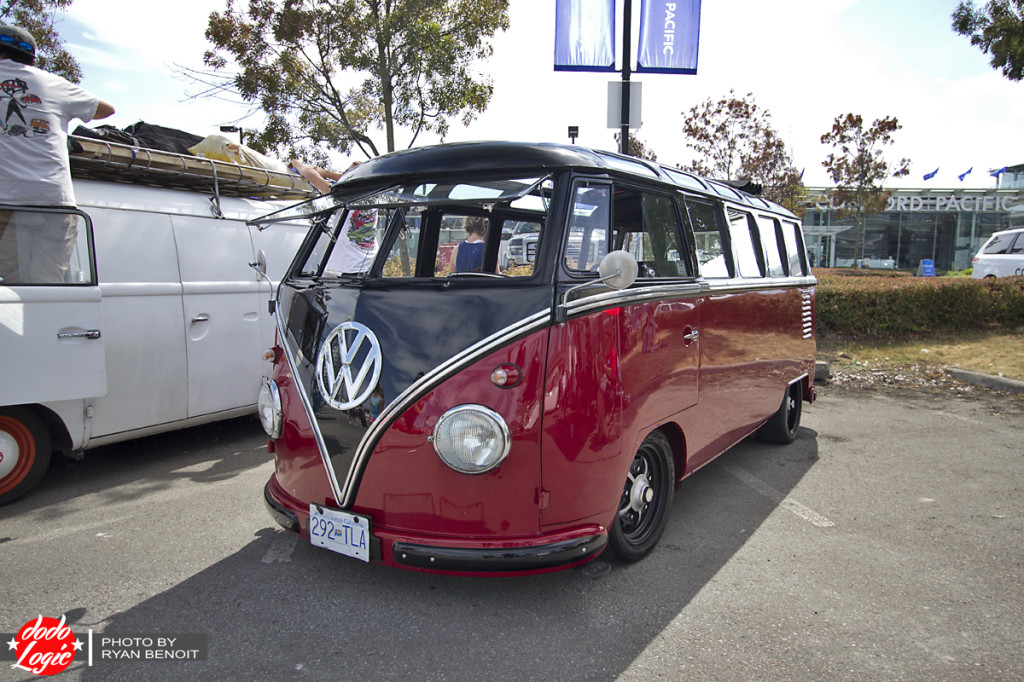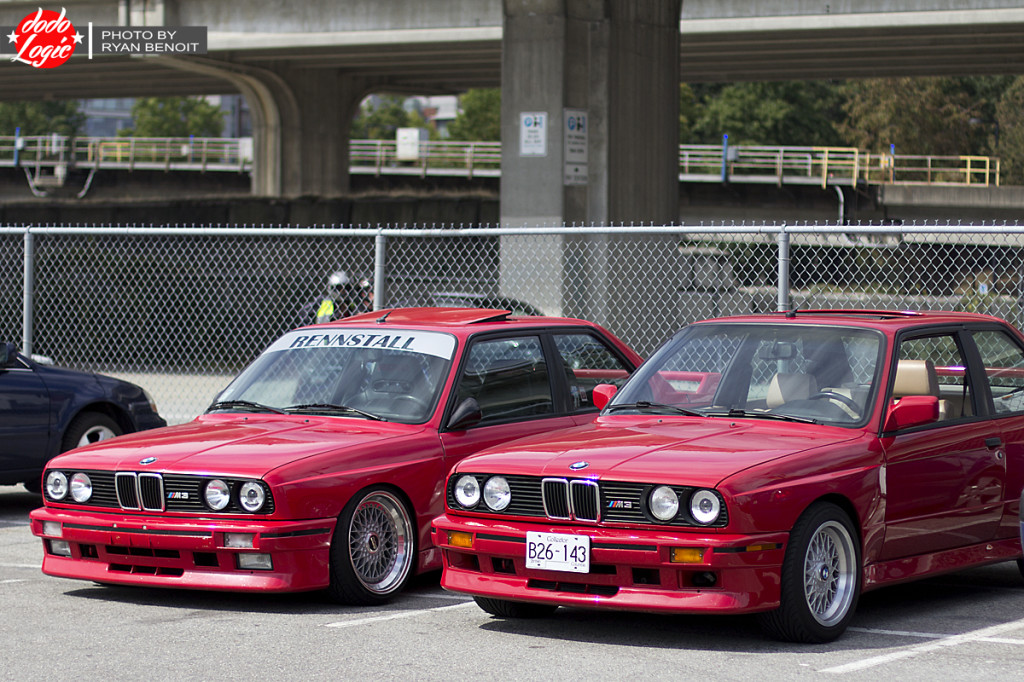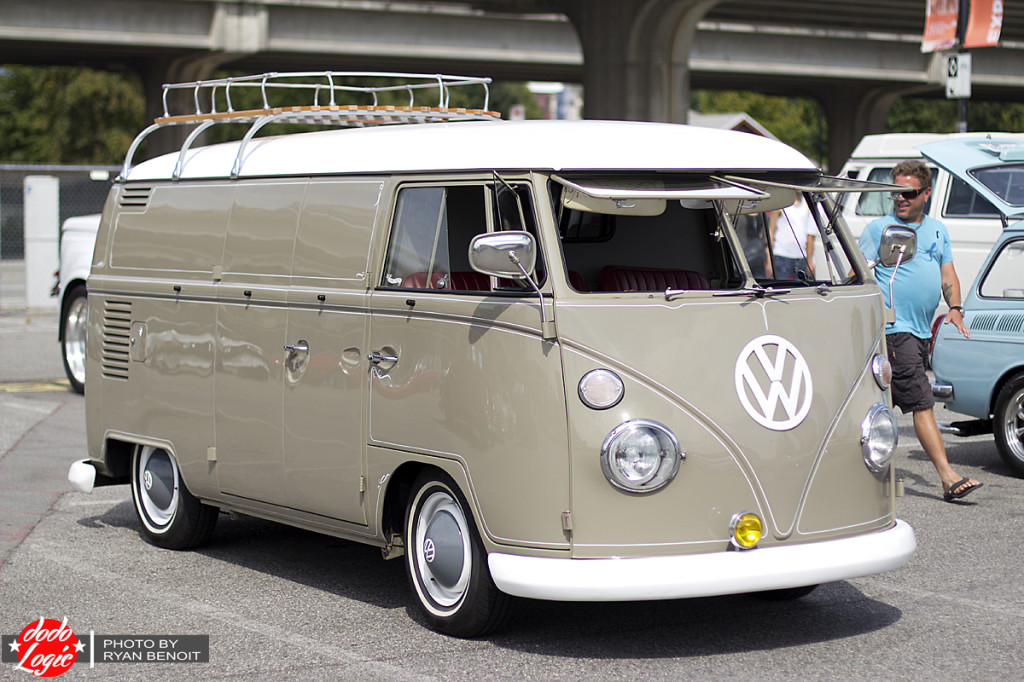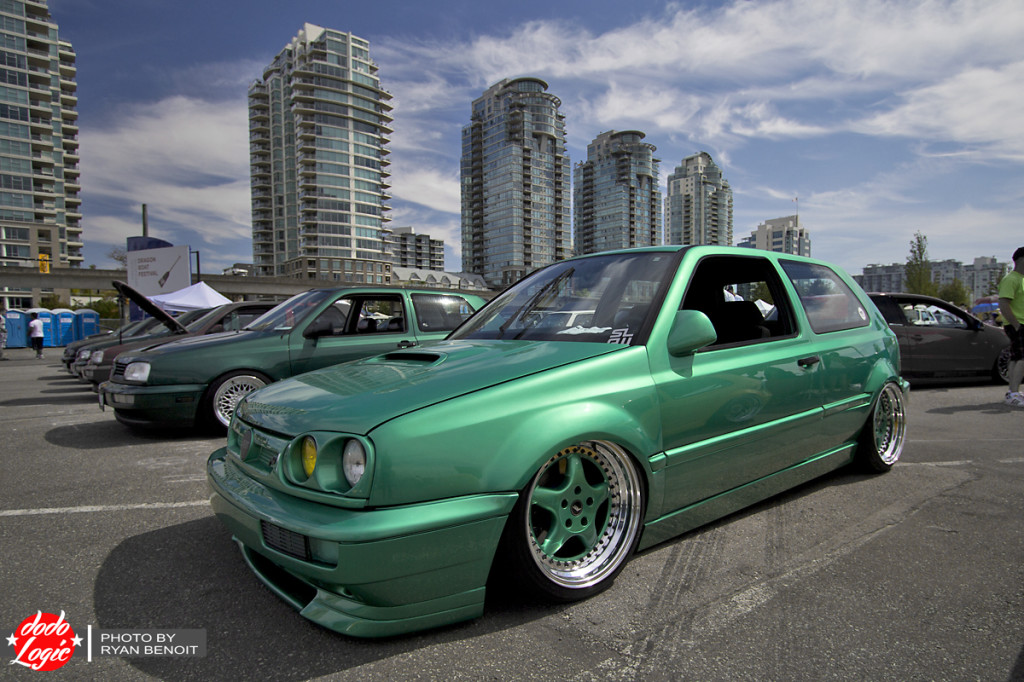I don’t usually read Stance Works. It’s not because I have a stick up my ass about their site or anything, it just never crossed my mind. However, while aimlessly browsing Facebook I stumbled upon an article titled “Automotive Enthusiasm Is Not Mutually Exclusive.” To sum it up, the entry was an enlightened, eloquent take on what most people use dumb car memes to explain. The general sentiment was to work on being all-around enthusiasts, see the value in what other people build and maybe stop being dicks about other factions of car culture. I may have over simplified the theme of the article, but nonetheless a part of me wishes I wrote that article. Even more, I wish I took photos like the people at Stance Works.
 Soon after reading the article, I found myself in in quite the problematic situation. You see, I’m posting VW/Euro pictures and that strays a bit from comfortable territory for me. I’m more at home with Japanese car culture than I’ll ever be with Euro cars – or any other car culture for that matter. Don’t get me wrong, we’ve dabbled with a few Euro posts here and there, but to be honest it’s never really been me who tackled that content. Anyway, this seemed like the perfect opportunity to give a rousing speech about seeing the truth and beauty that transcends many factions of automotive culture and simply respect the builds. The problem is Stance Works already gave that speech in 2013 and I don’t really want to be someone else’s echo.
Soon after reading the article, I found myself in in quite the problematic situation. You see, I’m posting VW/Euro pictures and that strays a bit from comfortable territory for me. I’m more at home with Japanese car culture than I’ll ever be with Euro cars – or any other car culture for that matter. Don’t get me wrong, we’ve dabbled with a few Euro posts here and there, but to be honest it’s never really been me who tackled that content. Anyway, this seemed like the perfect opportunity to give a rousing speech about seeing the truth and beauty that transcends many factions of automotive culture and simply respect the builds. The problem is Stance Works already gave that speech in 2013 and I don’t really want to be someone else’s echo.
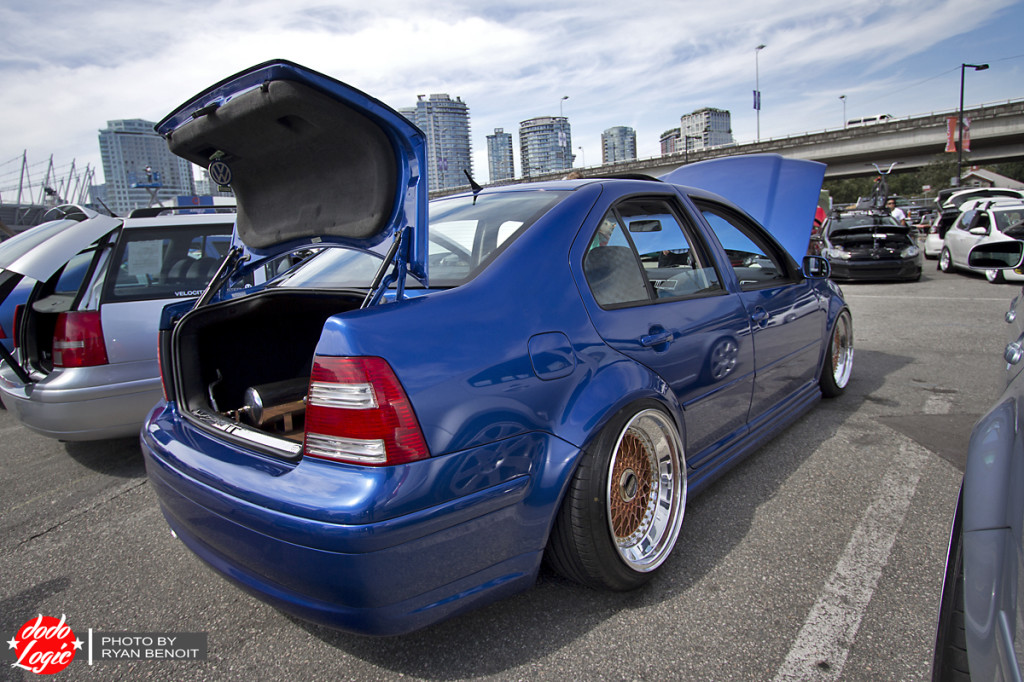 Perhaps enough time has passed that I could have gotten away with plagiarizing the idyllic words of Andrew Ritter. Instead, I decided to point out the parallels between what they said and what I might say. However, I’m practicing honesty and if keep rolling with that sentiment, I would go so far as to say that none of that embodies how I felt at the 24th Annual Great Canadian VW Show – held in Vancouver, BC on Aug. 23.
Perhaps enough time has passed that I could have gotten away with plagiarizing the idyllic words of Andrew Ritter. Instead, I decided to point out the parallels between what they said and what I might say. However, I’m practicing honesty and if keep rolling with that sentiment, I would go so far as to say that none of that embodies how I felt at the 24th Annual Great Canadian VW Show – held in Vancouver, BC on Aug. 23.
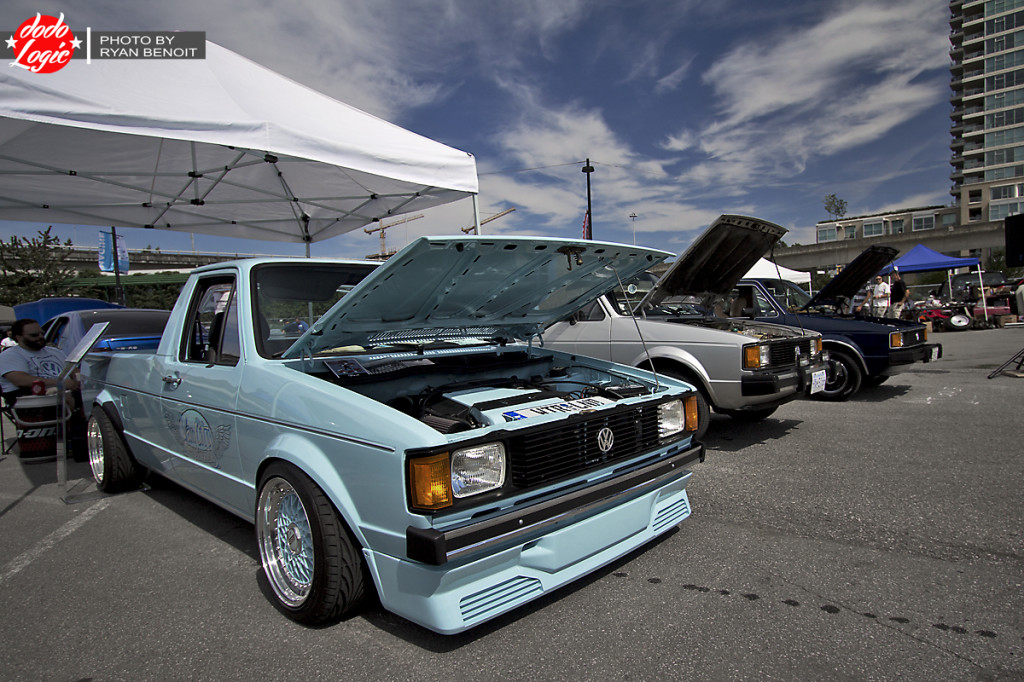 What I actually felt was like a fish out of water. It would seem my fellow Japanese automotive enthusiasts felt the same way. When I asked what they thought of the show, there was a general sense of flat “mehs.” This sounds extremely rude, but the truth is we really just don’t know. On the surface, it’s easy to see the similarities between Japanese and European automotive enthusiasts. But deep down, it isn’t enough to light a spark of passion for what the other group is doing.
What I actually felt was like a fish out of water. It would seem my fellow Japanese automotive enthusiasts felt the same way. When I asked what they thought of the show, there was a general sense of flat “mehs.” This sounds extremely rude, but the truth is we really just don’t know. On the surface, it’s easy to see the similarities between Japanese and European automotive enthusiasts. But deep down, it isn’t enough to light a spark of passion for what the other group is doing.
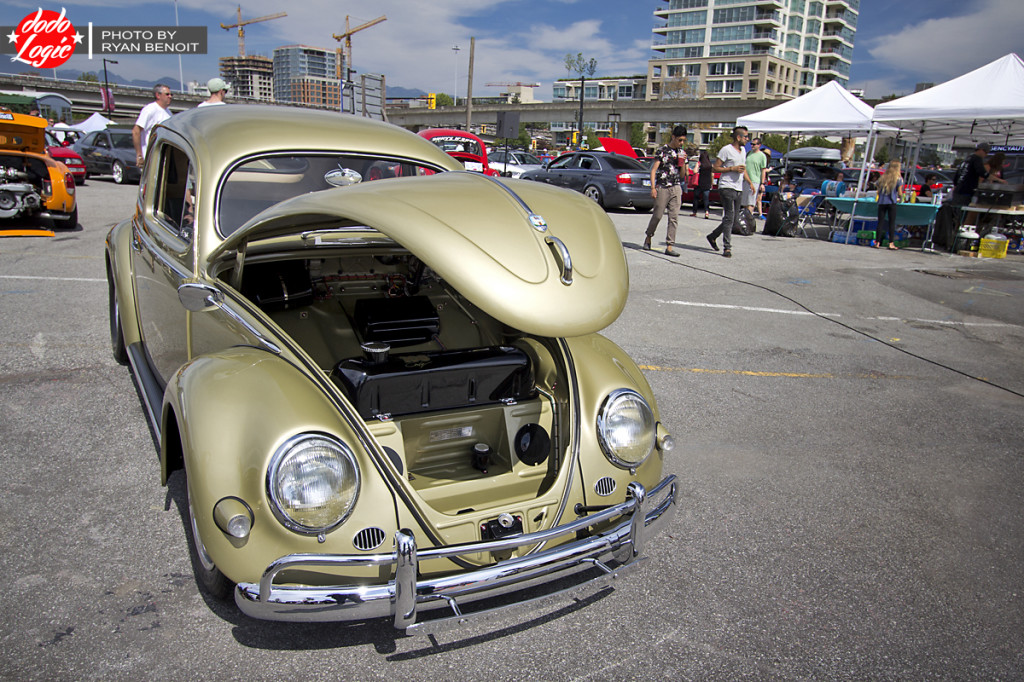 After speaking with Japaneses automotive enthusiasts who attended the show, it was clear we couldn’t wait to list the things that made us different from the European automotive enthusiasts. It’s funny, because the essence of each culture is the same. At the core of each scene, you’ll find a pile of metal, glass, rubber and a bunch of moving parts, but it’s not enough to create one giant sense of community. I think that’s because – for the most part – automotive enthusiasm is a little (if not mostly) mutually exclusive. Now before you gather a bunch of awful memes that show a staged sense of camaraderie between automotive enthusiasts, hear me out. I’m not saying that an import enthusiast can’t appreciate a domestic or European car, or vice versa. What I am saying is that (for the most part) enthusiasts probably identify with one specific culture or school of thought, above all else.
After speaking with Japaneses automotive enthusiasts who attended the show, it was clear we couldn’t wait to list the things that made us different from the European automotive enthusiasts. It’s funny, because the essence of each culture is the same. At the core of each scene, you’ll find a pile of metal, glass, rubber and a bunch of moving parts, but it’s not enough to create one giant sense of community. I think that’s because – for the most part – automotive enthusiasm is a little (if not mostly) mutually exclusive. Now before you gather a bunch of awful memes that show a staged sense of camaraderie between automotive enthusiasts, hear me out. I’m not saying that an import enthusiast can’t appreciate a domestic or European car, or vice versa. What I am saying is that (for the most part) enthusiasts probably identify with one specific culture or school of thought, above all else.
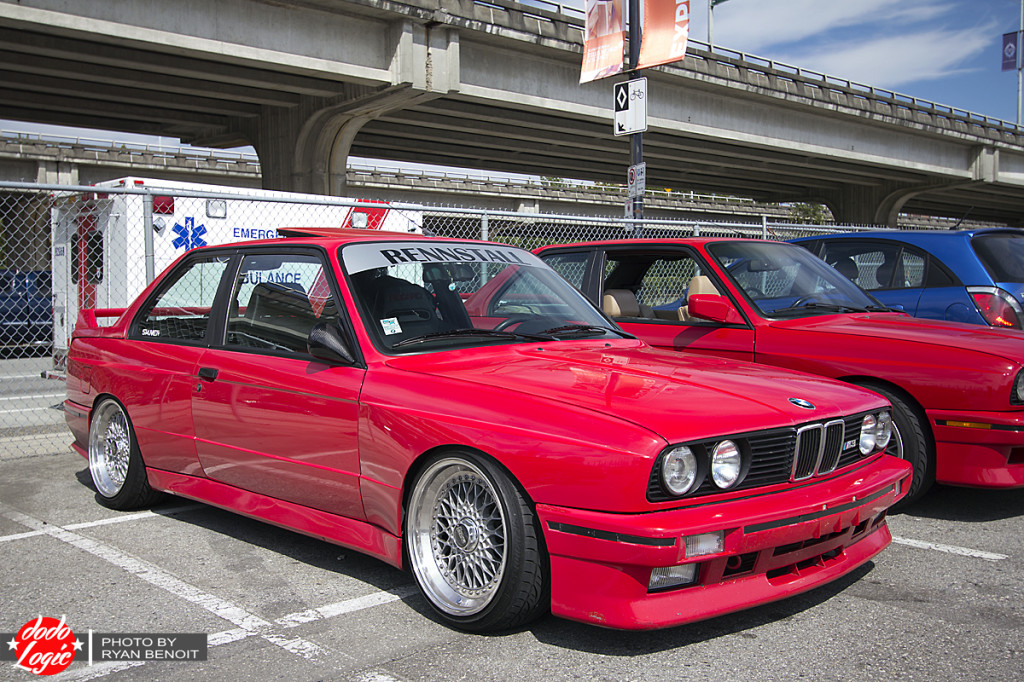 Think about it for a second. I know every time I see someone express their appreciation for a car that doesn’t fit into their faction of culture, they often preface the statement by identifying what type of cars they’re into. That is pretty much exactly what I did when I stepped onto the Concord Pacific Expo site for the VW show. I immediately identified myself as ill-equipped to provide any type of critical feedback on it. So, I deferred to one of my VW friends from Saskatchewan who attended the show. He assured me that the show was great and there were plenty of well-built cars. All and all, he deemed it a success.
Think about it for a second. I know every time I see someone express their appreciation for a car that doesn’t fit into their faction of culture, they often preface the statement by identifying what type of cars they’re into. That is pretty much exactly what I did when I stepped onto the Concord Pacific Expo site for the VW show. I immediately identified myself as ill-equipped to provide any type of critical feedback on it. So, I deferred to one of my VW friends from Saskatchewan who attended the show. He assured me that the show was great and there were plenty of well-built cars. All and all, he deemed it a success.
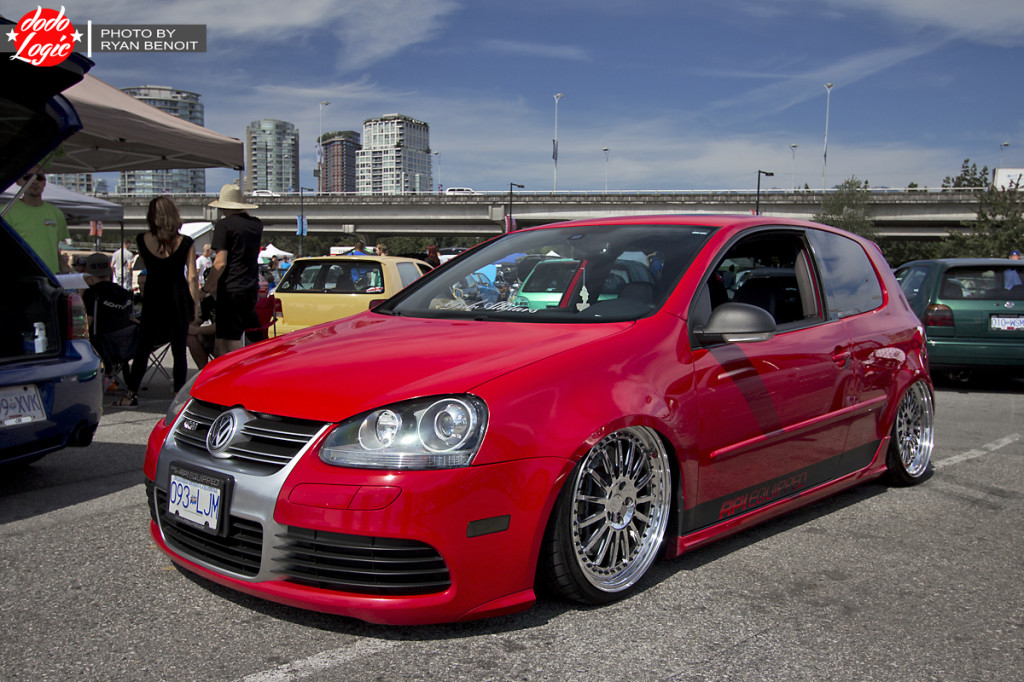 I did get a kick out of how two scenes can seem so similar, but be so foreign to each other. For example, I don’t know if I could ever hear someone talk about a high horsepower R32 and not think they were talking about a Nissan.
I did get a kick out of how two scenes can seem so similar, but be so foreign to each other. For example, I don’t know if I could ever hear someone talk about a high horsepower R32 and not think they were talking about a Nissan.
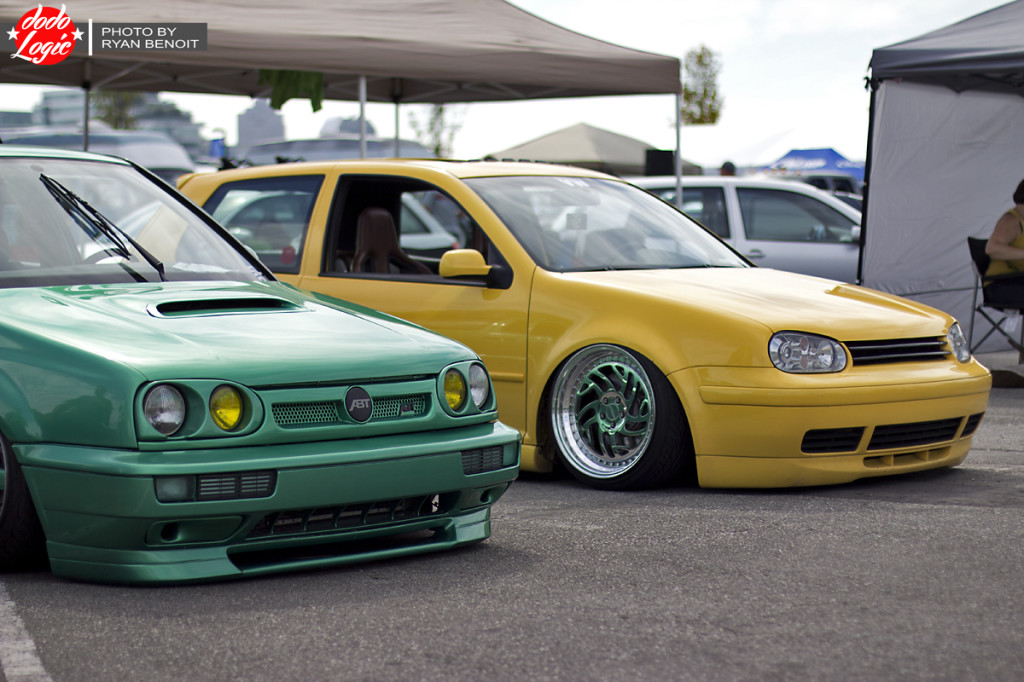 It was also interesting when a VW guy tried to explain ABT to me and I likened it to Mugen or Spoon – only to have him look at me with a slight sense of disappointment.
It was also interesting when a VW guy tried to explain ABT to me and I likened it to Mugen or Spoon – only to have him look at me with a slight sense of disappointment.
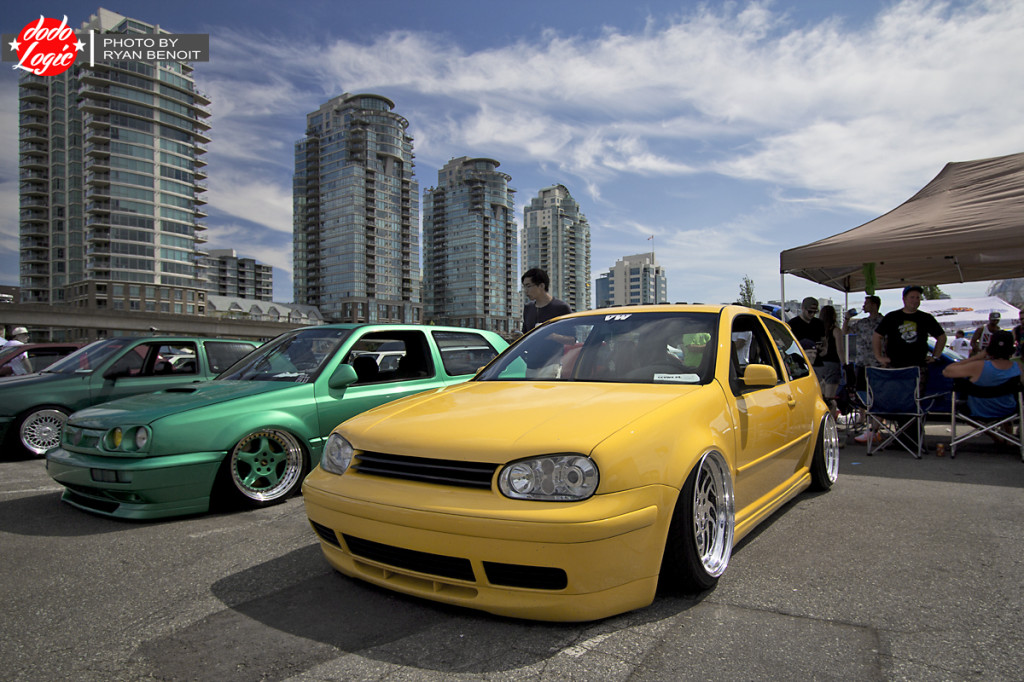 The whole experience was somewhat humbling. I’m used to walking around a car show and having a pretty good sense of what I’m looking at, so being relatively clueless is somewhat refreshing.
The whole experience was somewhat humbling. I’m used to walking around a car show and having a pretty good sense of what I’m looking at, so being relatively clueless is somewhat refreshing.
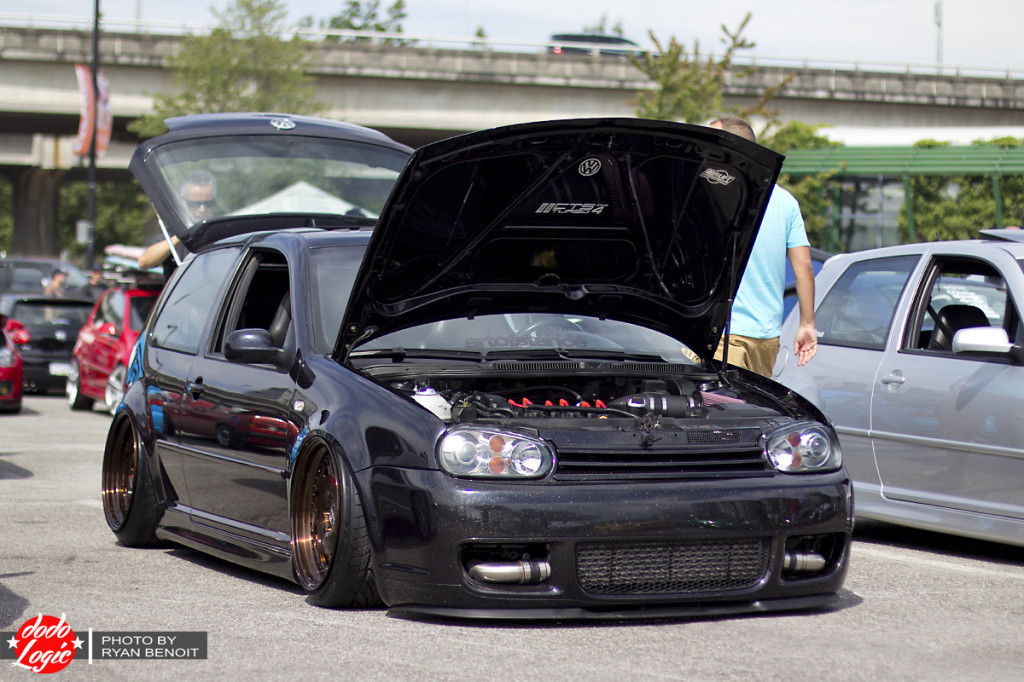 I would never fake enthusiasm. Although I still don’t feel anything when I look at VWs, I can understand why people like them and I appreciate that. I also learned a few more useful VW facts.
I would never fake enthusiasm. Although I still don’t feel anything when I look at VWs, I can understand why people like them and I appreciate that. I also learned a few more useful VW facts.
I think the idea of exclusivity drives us to embrace one culture instead of another. And not to sound too much like an after school special, but it’s cool to like what you like and celebrate the things that make each group different. After all, it’s the subtle differences that drew us to that culture in the first place. Whether we’re all different but sort of the same, or we’re all the same and a little bit different, it doesn’t really matter. What does matter is respect – and even though VWs are not my cup of tea, I respect what the event organizers accomplished and respect the hard work and passion that went into each vehicle I saw at the VW show.

